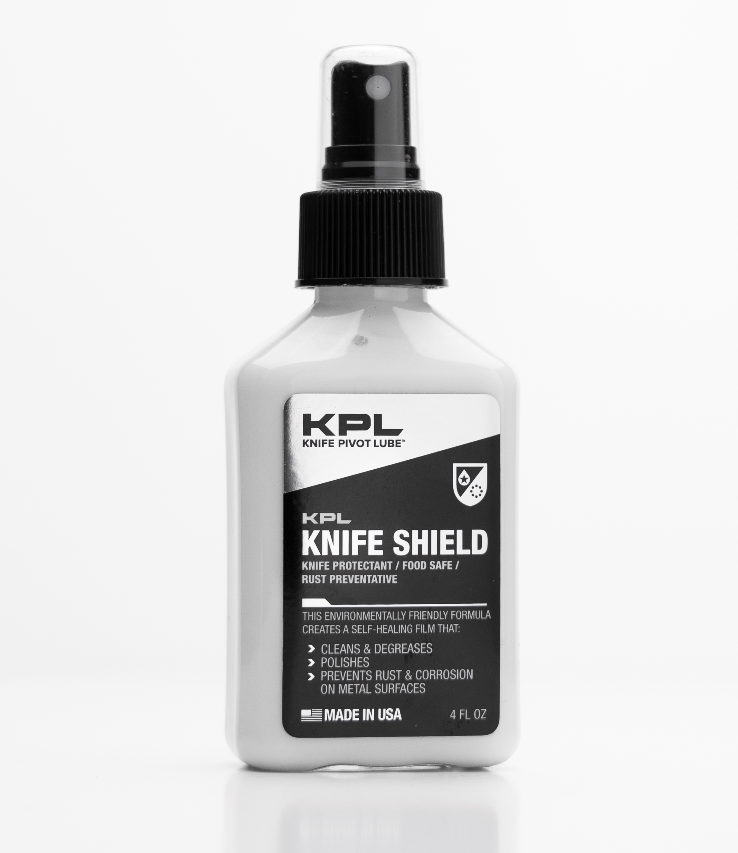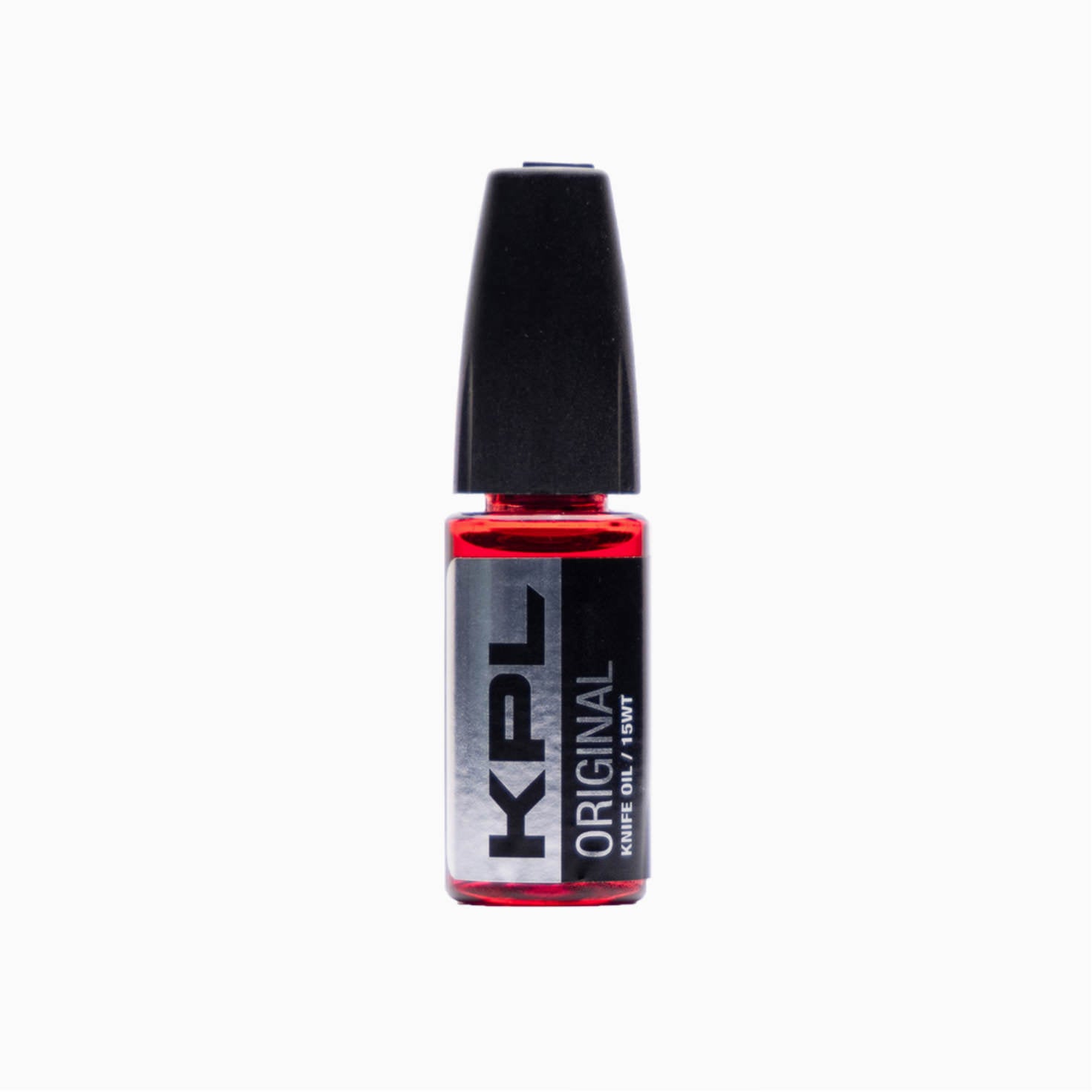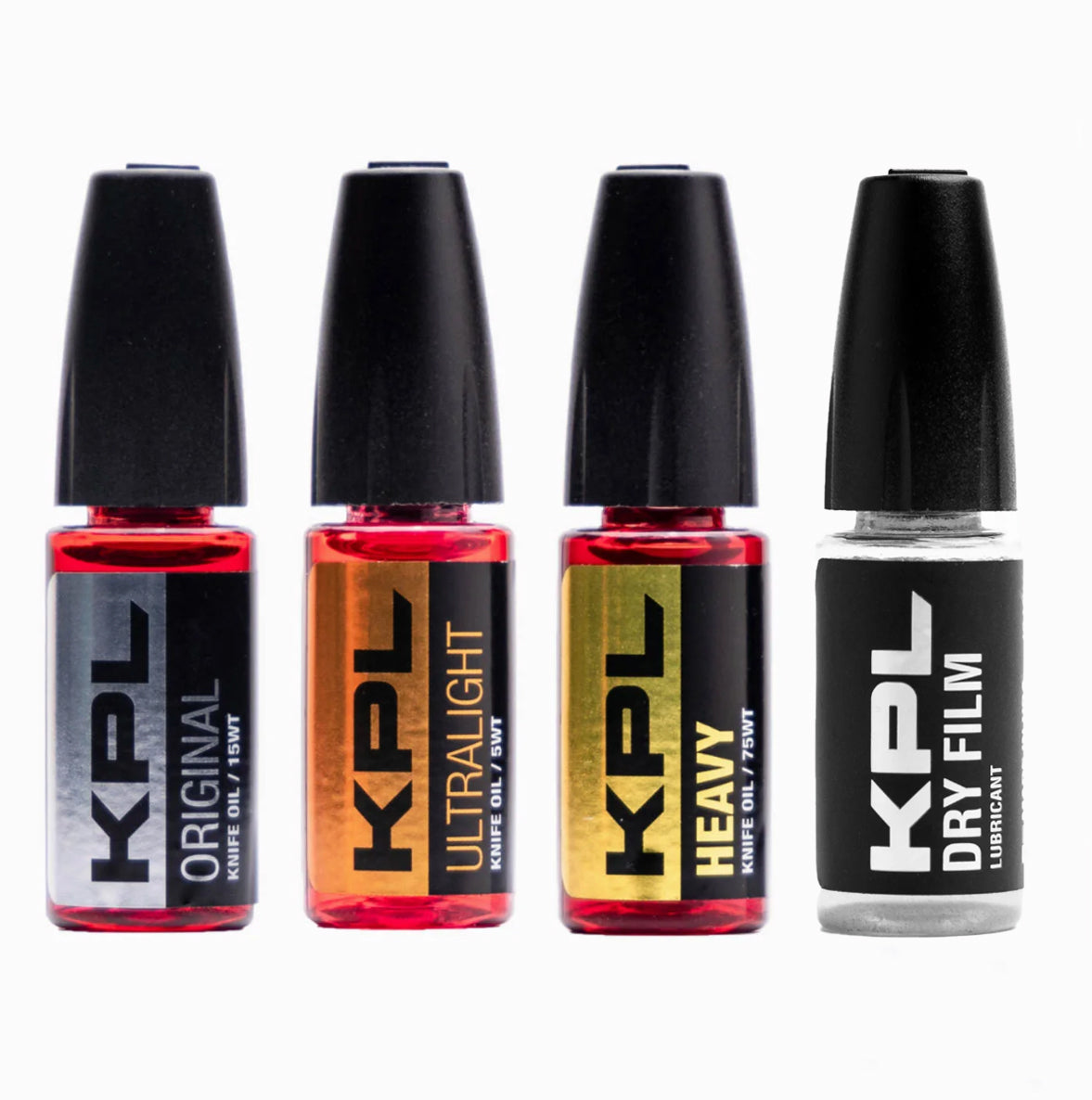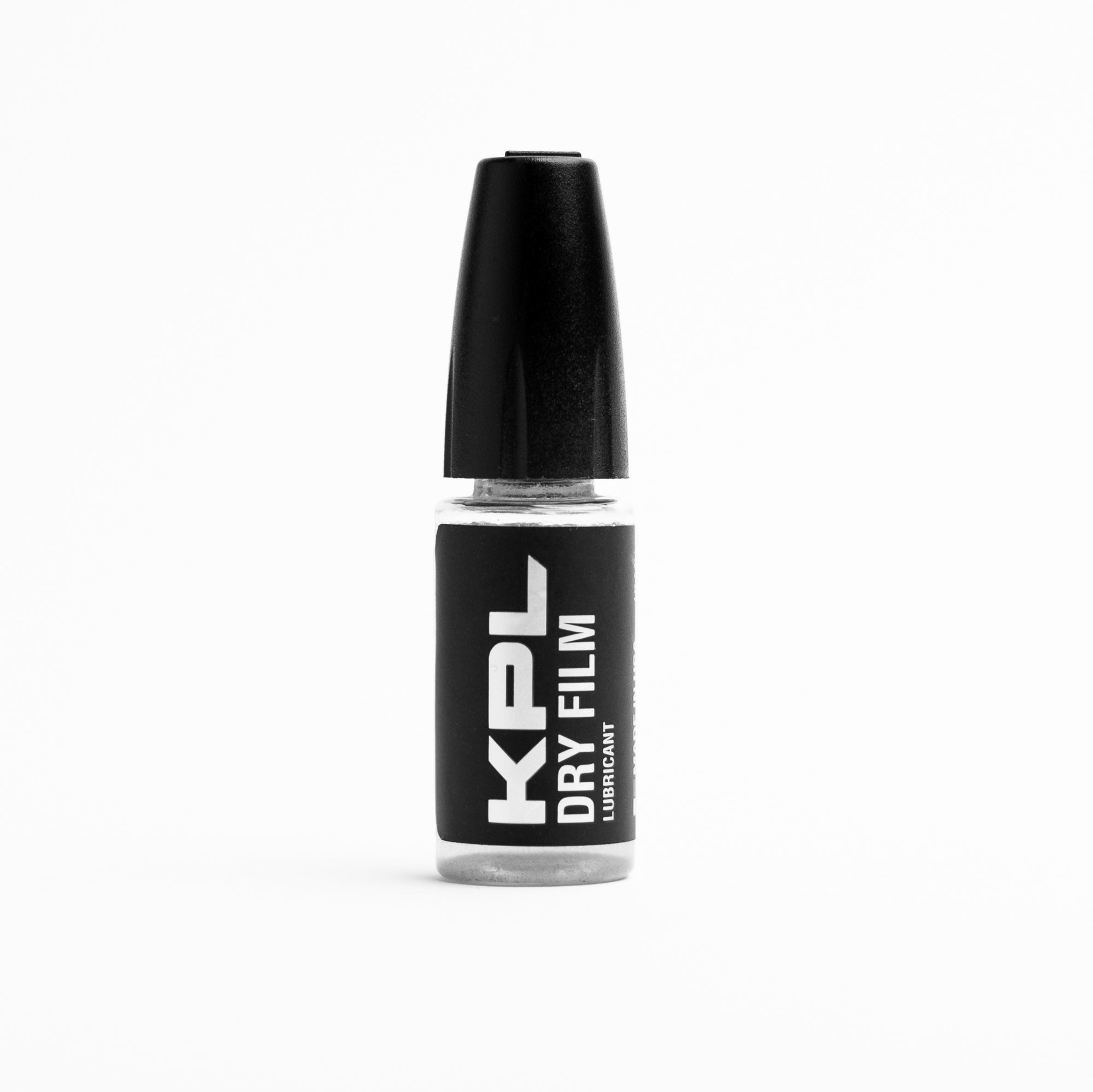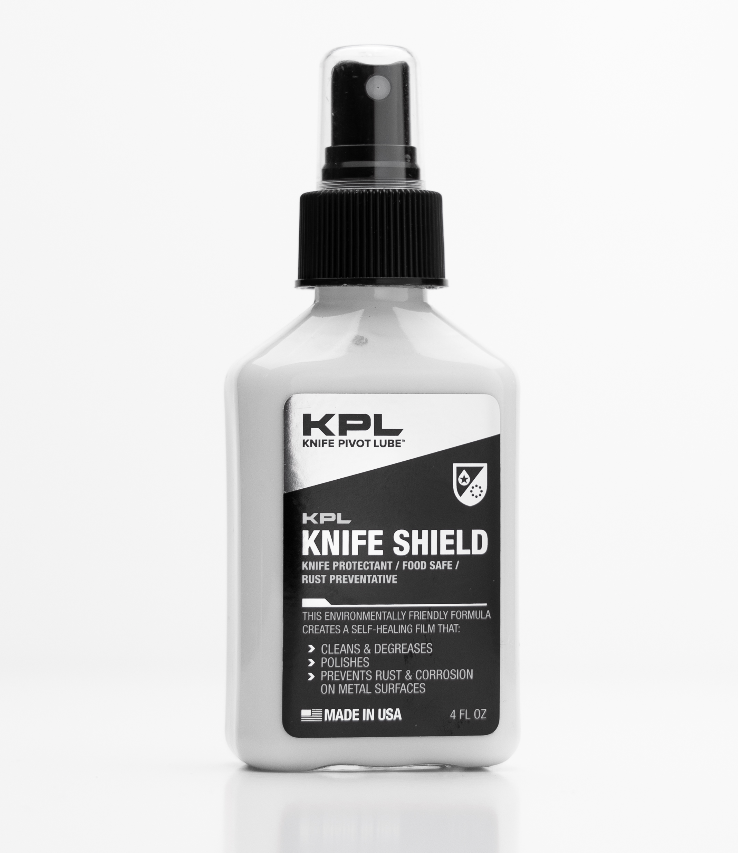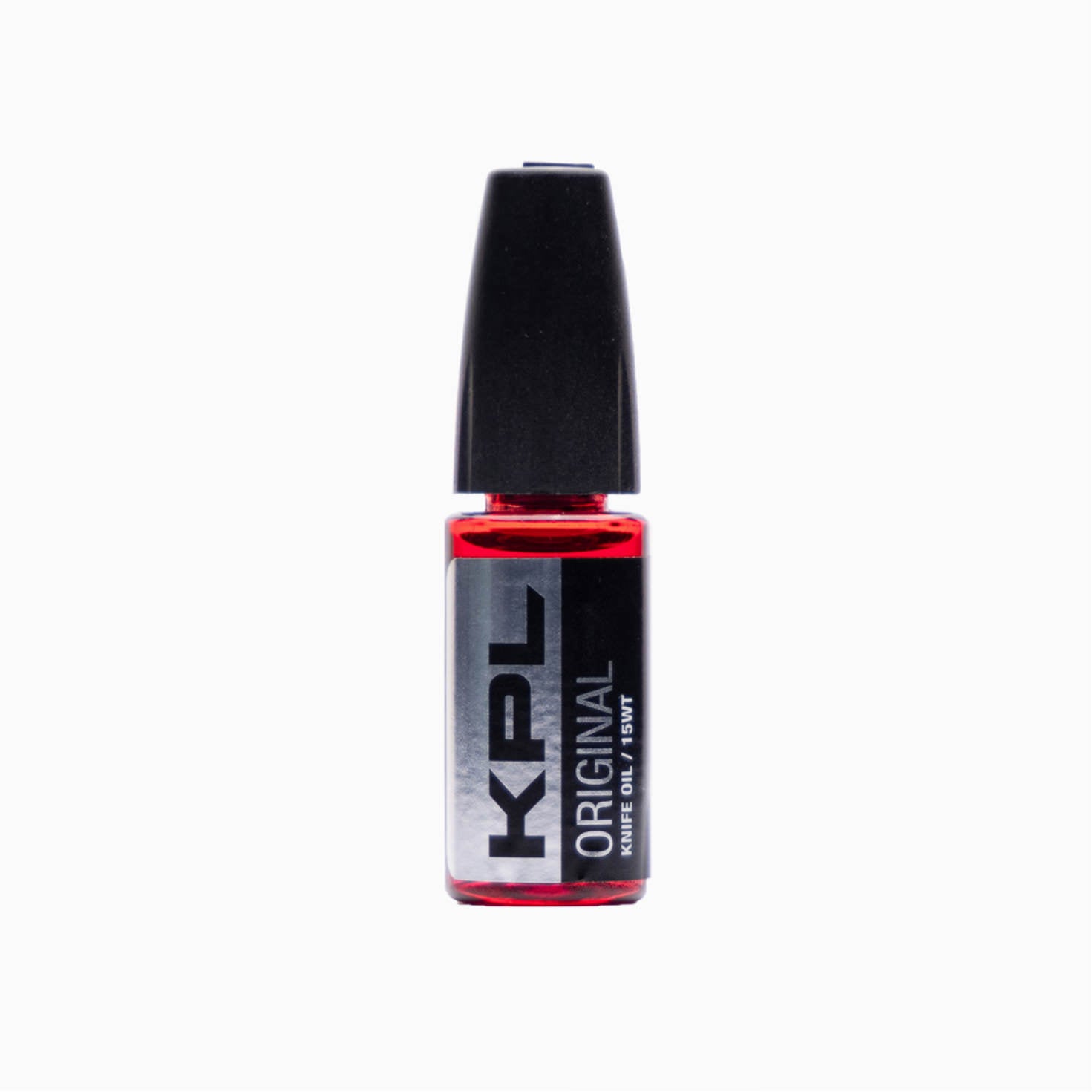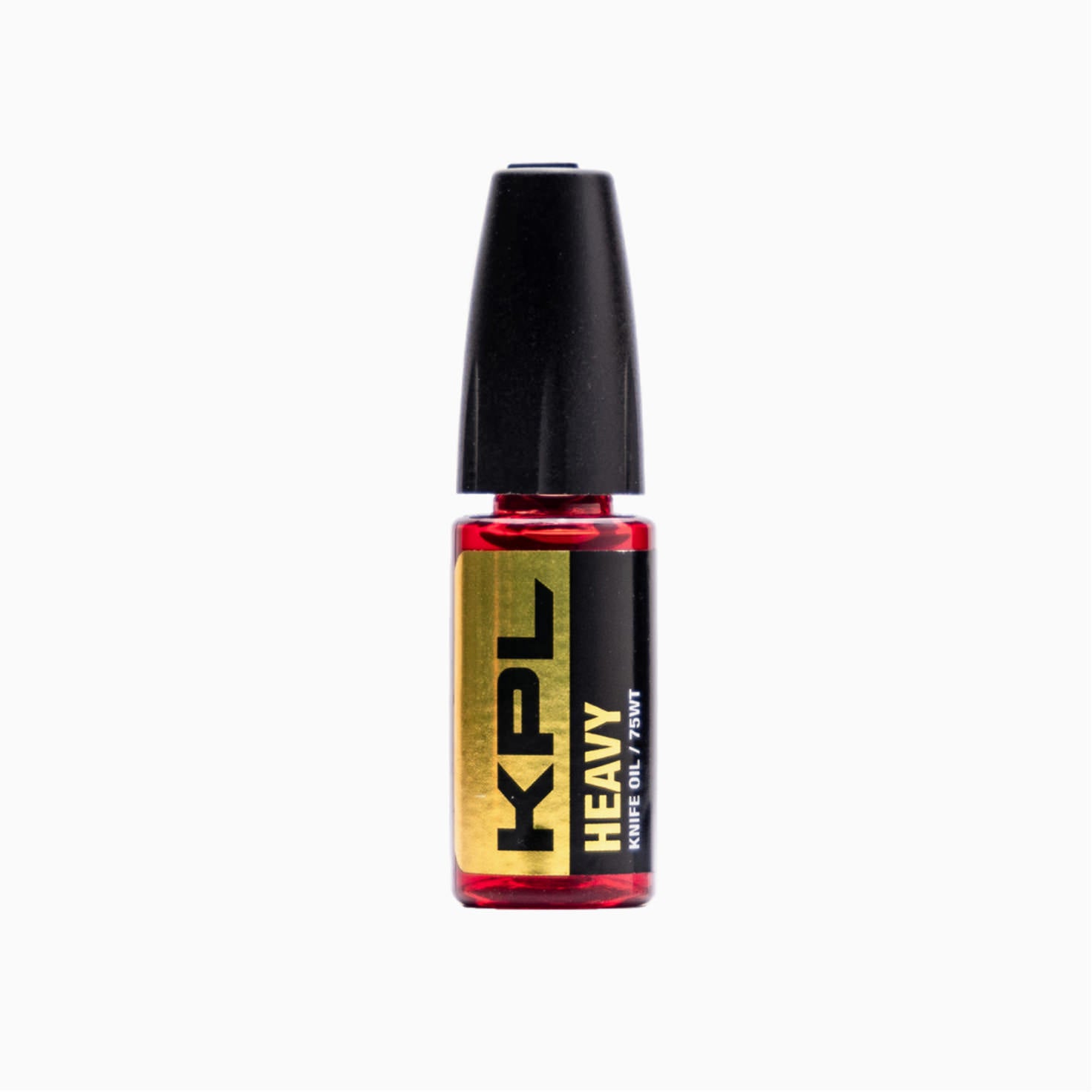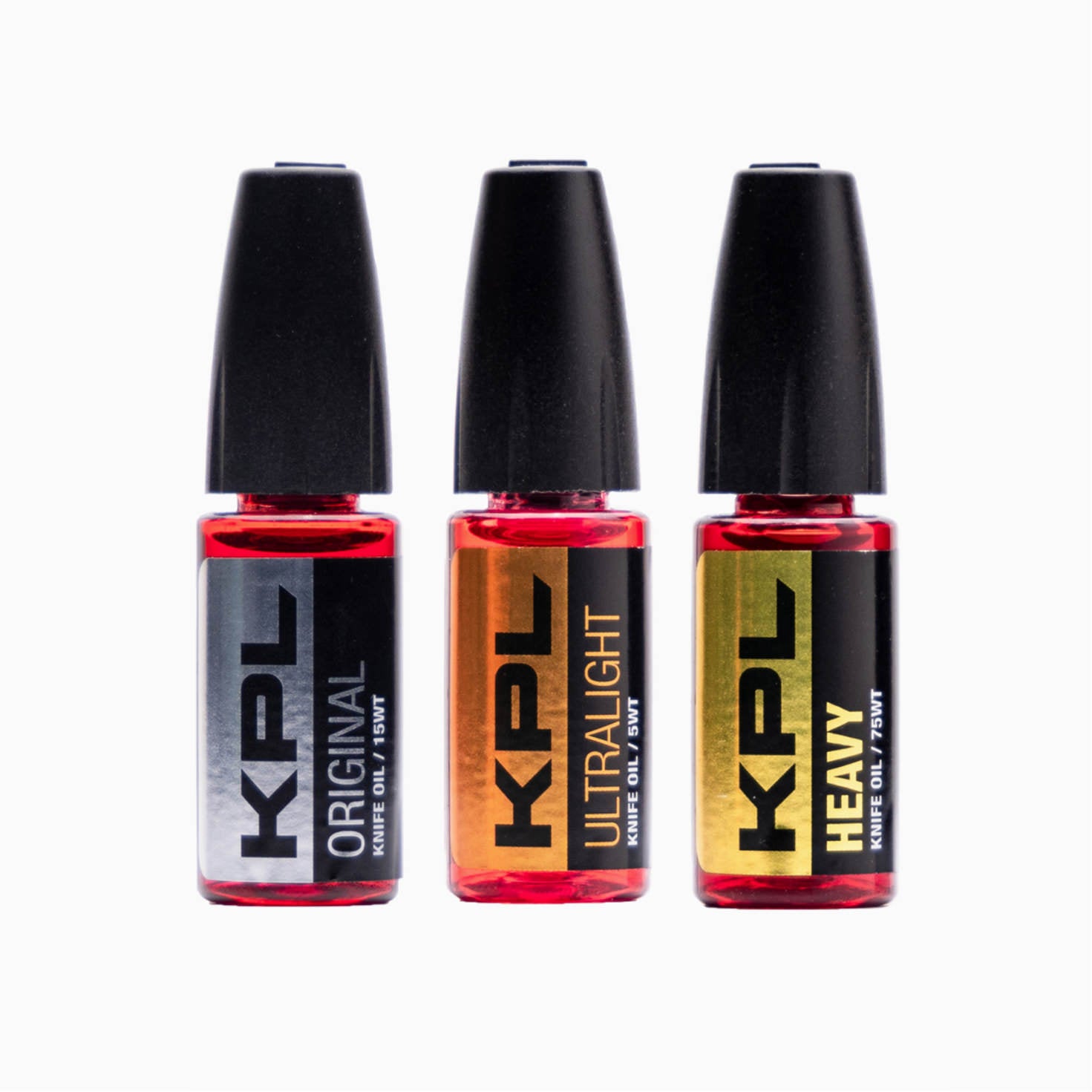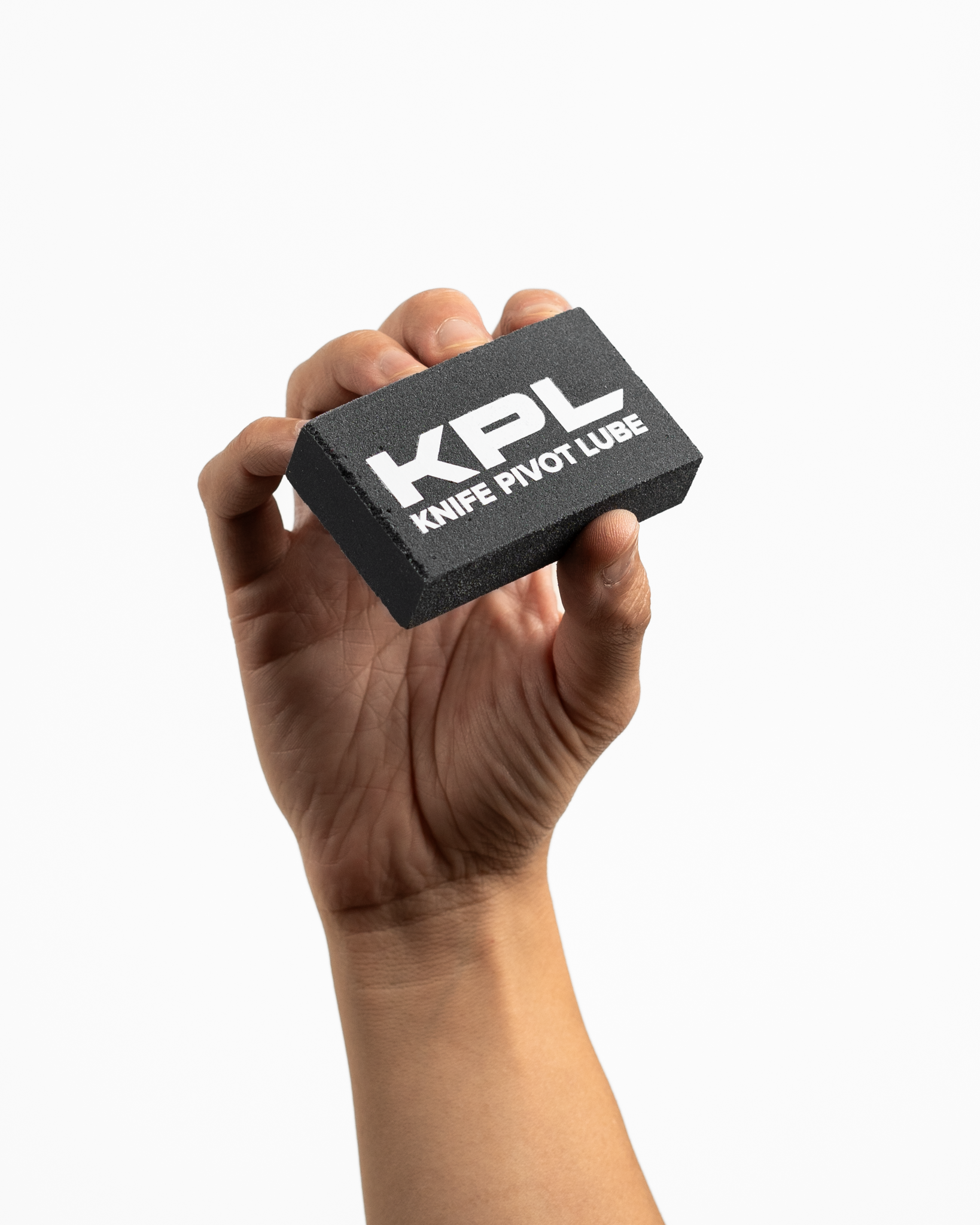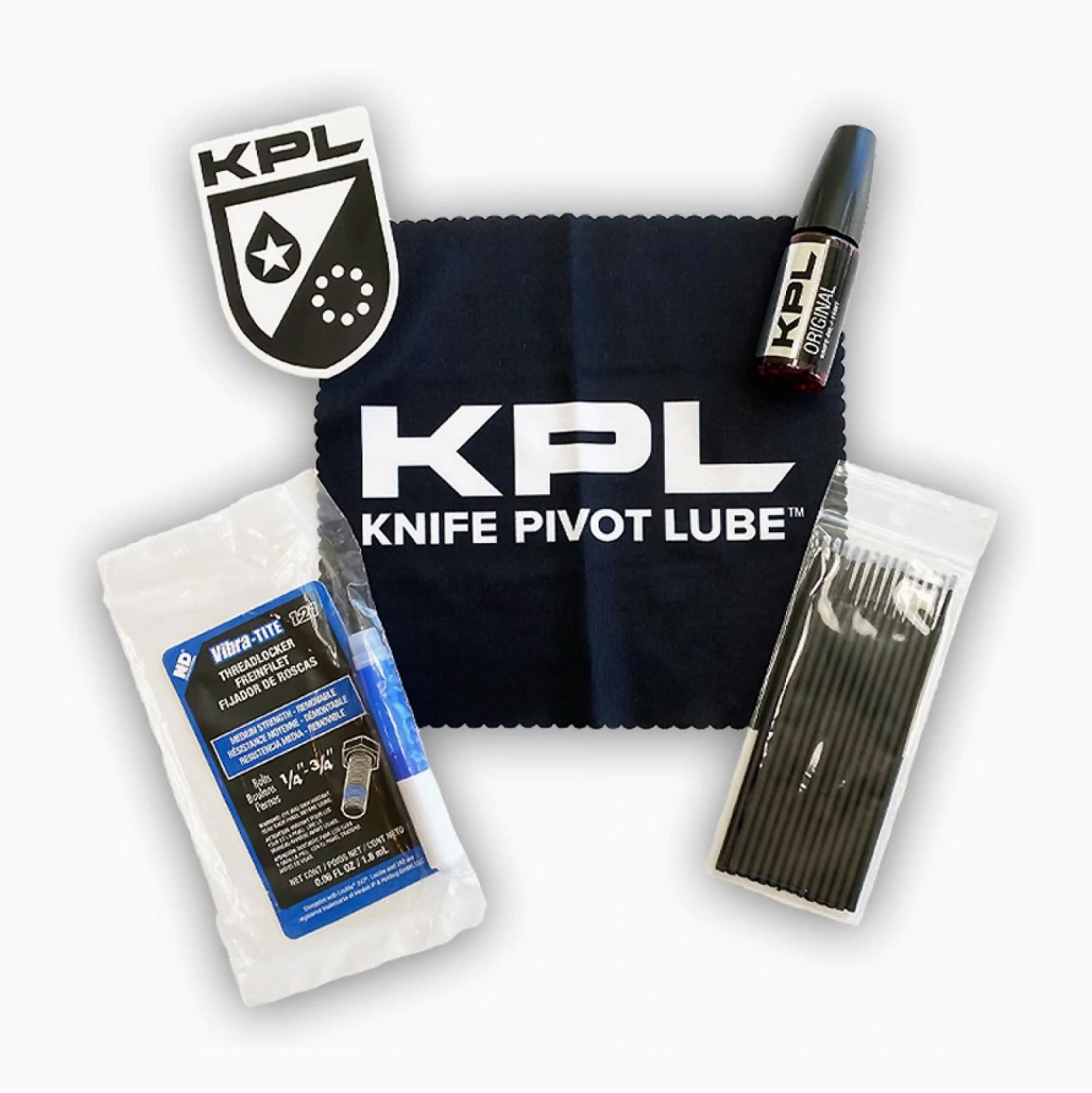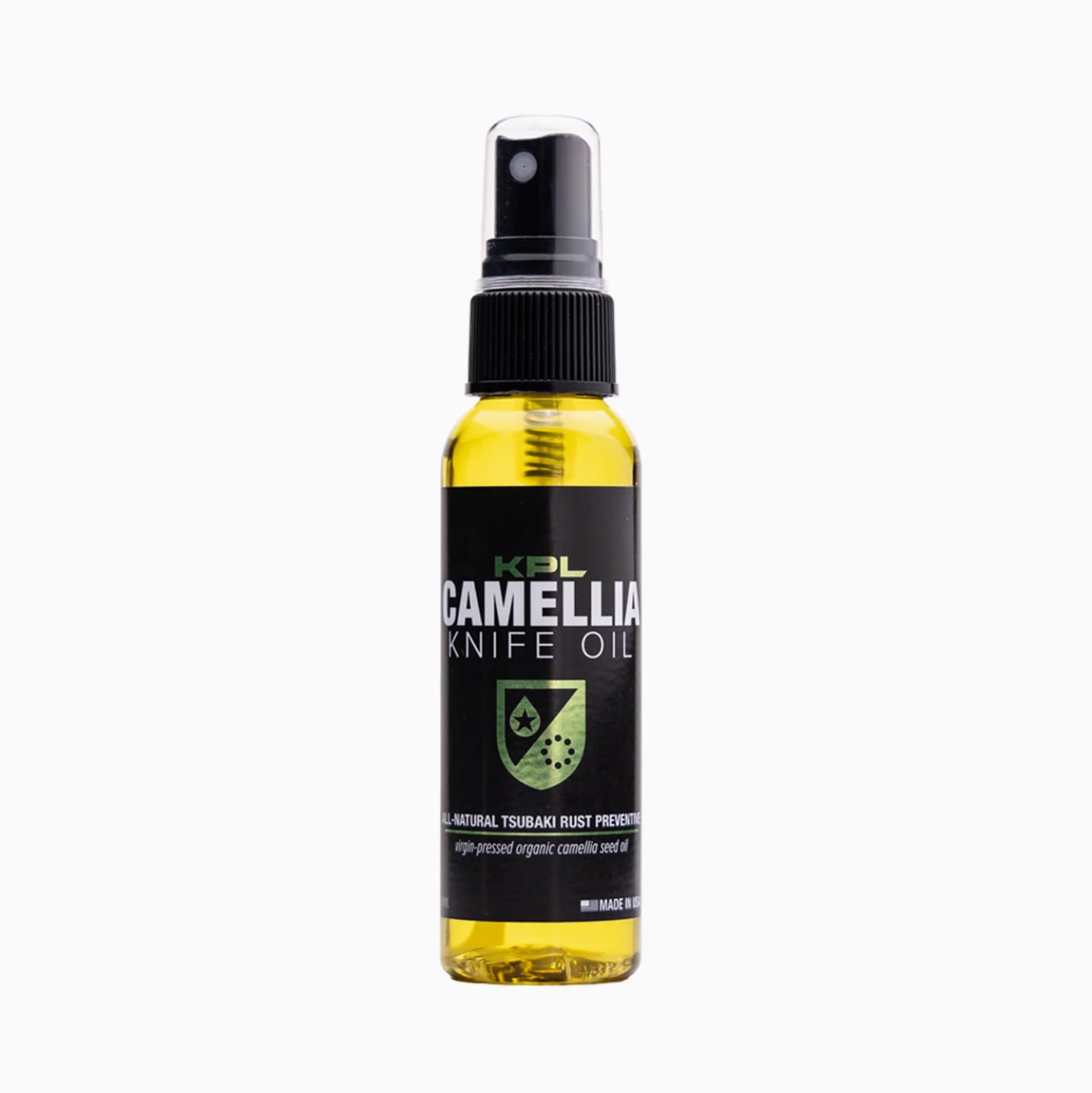Whether you’re a seasoned flipper or just getting into the hobby, this glossary of common terms in the balisong community will not only help you understand and navigate the world of butterfly knives but may also teach you some things you didn’t know!
Drop a comment below if you have any balisong related words that you think should be included, and check out our previous article on Balisong Jargon for a more in-depth description of some of these terms.
Glossary
29 - See “Veintenueve”
AA - Abbreviation for the Cold Steel Arc Angel.
AB - Abbreviation for the BRS Alpha Beast.
Al/Alu - Short for aluminum.
Alt - Can refer to an alternate blade shape of a knife, most often when the shape is not called by a traditional blade shape name (ex. tanto, bowie, drop point, etc.).
Ano - Short for any word derived from “anodize”, a process that can change the color of some metals.
Balance - How the weight is distributed throughout a balisong. The balance of a balisong is described as being handle heavy, blade heavy, or neutral.
Balisong - A type of knife distinguished by having two handles that freely counter-rotate around the tang of the blade. Synonymous with “butterfly knife”, “Batangas knife”, and “veintinueve”.
Bas - Abbreviation for the Hom Design Basilisk.
Batangas - “Batangas knife” is synonymous with “balisong”; “Batangas latch” refers to a balisong with a latch on the bite handle.
BB - Abbreviation for the BRS Barebones.
Bearings - One of the three main types of balisong pivot systems. Uses small ball bearings to reduce friction as the knife handles swing.
Beater - A balisong that is flipped with disregard, typically suffering from repeated drops and throws onto concrete, asphalt, and other hard materials. Characterized by scuffed handles, tipped and/or chipped blades, and often sub-par tolerances.
Bite handle - The handle that closes onto the edge of the knife. Also rarely referred to as the “opposite handle”.
Bite handle indicator/BHI - Something used to distinguish a bite handle from a safe handle. This can be an o-ring, tape, a distinguishing mark, or even a latch.
Blade rub - Marks made on the blade of a knife resulting from contact with the inside of one of the handles.
Bushings - One of the three main types of balisong pivot systems. Bushings that are slightly longer than the width of the blade sit in the holes in the tang of the knife, reducing friction between the handles and blade.
Butterfly knife - Synonymous with “balisong” (see above).
CCC - A loosely defined acronym most often consisting of some combination of the words “cheap”, “clone”, “crap”, “Chinese”, and “copy”. Can refer to nearly any cheap balisong.
Channel - A type of balisong handle construction in which the part of the handle that houses the blade is made from one piece of material, which is typically cast, milled, folded, or 3d printed.

Xolo - A channel construction balisong from @blackbalisong
Chanwich - A type of balisong handle construction that mimics the appearance of channel construction, but is not made from a single piece of material. Typically this is done with 2 metal scales that connect seamlessly to mimic the look and feel of channel construction.
Clone - A balisong produced from a design that is stolen from another maker or company.
Combo - Multiple balisong manipulations strung together.
Comfort Combo - A go-to combo or trick that is extremely well-practiced by the flipper and appears frequently in their routines.
DE - Acronym for “double edge”.
Doubles - Flipping two balisongs simultaneously. The three main styles of doubles are mirrored (both hands performing the same trick), staggered (mirrored, but with one hand flipping a step ahead of the other), and freestyle (different tricks with each hand).
Faux-channel - A descriptor for spacers that fill in the space between a handle’s scales or liners from the base of the handles to the area near the pivots, mimicking the look and feel of a channel handle.

Benchmade 51 Morpho with Jimpy Designs' faux-channel "Space Invaders" spacers
FHM - Acronym for “Filipino handmade”.
Flipper - Someone who manipulates balisongs.
Flipper's Edge - A level of blade sharpness that is sharp enough to perform any cutting task but not overly sharp as to cause serious injuries to the flipper.
Flipping - The act of balisong manipulations.
Flow - Reference to how smooth a flipper’s flipping looks and how well they’re able to string together different manipulations.
Full-length - In the context of spacers, refers to spacers that fill in space from the pivots to the end of the handle.
Gap/Handle gap - The amount of space between the handles when a balisong is in the fully open or closed position.
Grail - A balisong that is highly sought after by an individual.
Hidden (zen) pins - can refer to zen pins being housed on the inside of the handles, or being polished down as to sit flush with the handles and therefore much less noticeable.
Kicker - A feature on certain balisongs that prevent the handles from contacting each other when the knife is in the closed position in lieu of tang or zen pins.
Latch - The part of a balisong that latches both handles together in the open and closed positions. Batangas latch refers to a latch on the bite handle and are much more common; Manila latch refers to a latch on the safe handle.
Liners - Part of the handle construction on some balisongs that sit between the handle scales and the blade.
Live blade - A blade or balisong with a sharp cutting edge.
Mod - Short for modification.
NKD - New knife day.
NTD - New trainer day.
Pin - Pins can refer to one of three parts of a balisong: zen pins, tang pins, or pivot pins.

(Left to right) A BRS Alpha Beast with tang pins, a Krake Raken from Squid Industries with zen pins, and a balisong with pinned pivots
Pinless - A type of balisong construction that does not rely on pins to prevent the handles from contacting each other in the open or closed positions.
Pivot - The part of a balisong where the handles are connected to the tang of the blade.
Play/handle play - The amount of distance the handles can be pushed in opposing directions at an angle perpendicular to the swing axis when the balisong is in an open position.

Pushing up and down on alternating handles to show very little play (left) vs a lot of play (right)
Queen/Safe Queen - A balisong that is kept in mint condition, most often to keep the resale value as high as possible or as a collector’s piece.
Reblade - A new blade that replaces the stock or existing one.
Regrind - A modification to the existing blade shape or style.
Rehandle - New handles that replace the stock or existing ones.

A Kershaw Lucha with aluminum rehandles made by Flytanium
Rep - Abbreviation for the BRS Replicant.
Ring of shame - A type of cut that slices in a ring around a finger, typically the result from a bite handle chaplin.
Run on - What a balisong “runs on” refers to its pivot system. The primary three are bearings, bushings, and washers.
Sandwich - A type of balisong handle construction involving two separate components that compose each handle.
Safe handle - The handle that closes onto the spine of the blade.
Scales - The top layer of the handle of a sandwich construction balisong.
Slap/Handle slap - When the gap between handles becomes so small that they contact each other in the closed or open position, or both.
Sound check - Any one of a specific subset of tricks that are designed to showcase the sound of a balisong.
Spacers - The part of sandwich construction balisongs that fill the space between the top and bottom handle components. The most common types are block spacers, barrel spacers, faux-channel spacers, and full-length spacers.
SS - Acronym referring either to “stainless steel” or “Serpent Striker”, a balisong produced by Maxace.
Tang pins - Pins that are normally press-fit into the tang of the blade to prevent the handles from contacting each other.
Tap - If a balisong has enough play/loose enough tolerances, the blade can contact or “tap” the inside of the handles.
Ti - The elemental symbol and shorthand for titanium.
Tipped - A blade that has a damaged tip, most often because of drops onto hard surfaces.
To Nowhere - Used to describe a trick that leads immediately to a closed position.
Tolerances - Used to describe the amount of play a balisong has. The smaller amount of play a balisong has, the tighter the tolerances are considered to be.
Trainer - A balisong without a sharpened edge.
Tuned/tuning/tune - The process of tightening or loosening the pivots of a knife and/or adjusting the bushings with the goal of decreasing play and improving tolerances.
Veintinueve - Synonym for “balisong”. Spanish for “29”, this term is believed to come either from the length of traditional balisongs being 29 cm in length when fully open, or a reference to the ability to slay 29 enemies in battle with one of these knives.
Washers - One of the three main types of balisong pivot systems. Washers act as a friction-reducing buffer between the blade and handles. Washers can stand on their own, or be part of bushing or bearing pivot systems.
Zen - Zen can refer either to zen pins, or as a style of trick characterized by manipulating the bite handle where the safe handle is typically used (most commonly referenced in the “zen rollover” and “zen behind the 8 ball”).
Zen pins - Pins that are housed in the handles and prevent the handles from contacting each other with the aid of a “tang nipple” or “zen pin nipple”. See also "Hidden (zen) pins".


